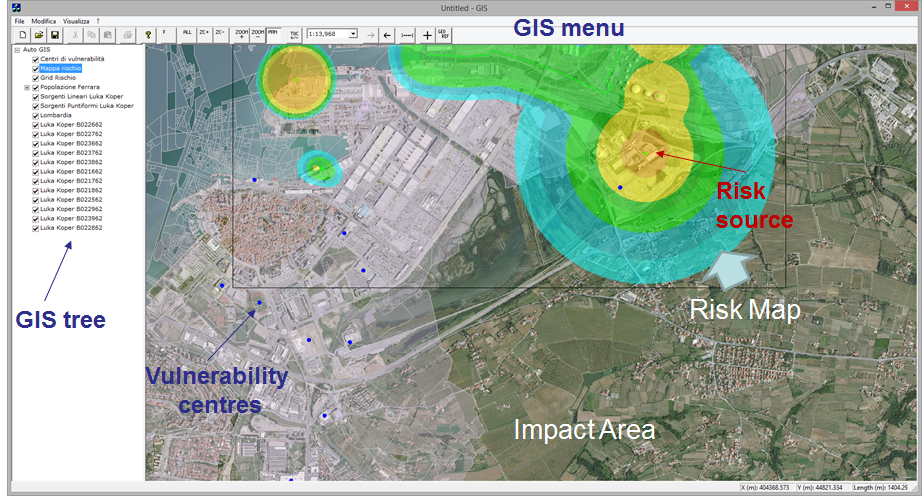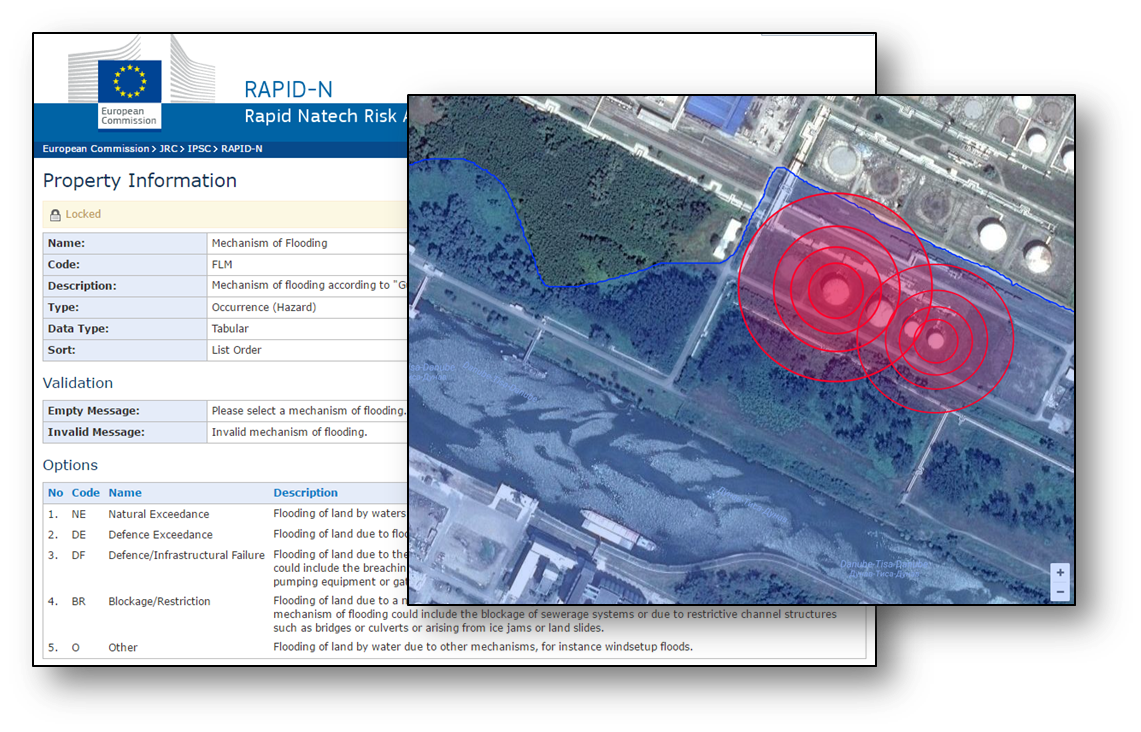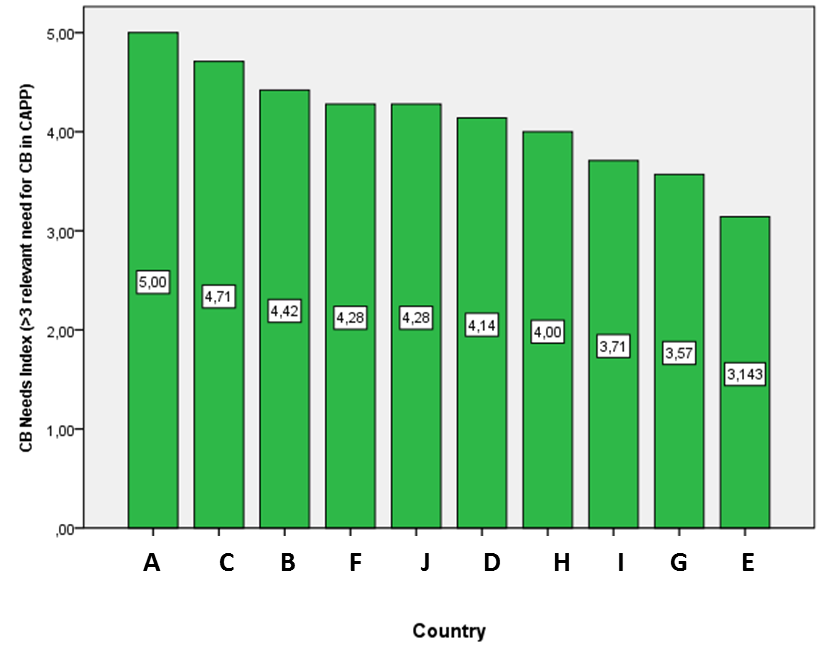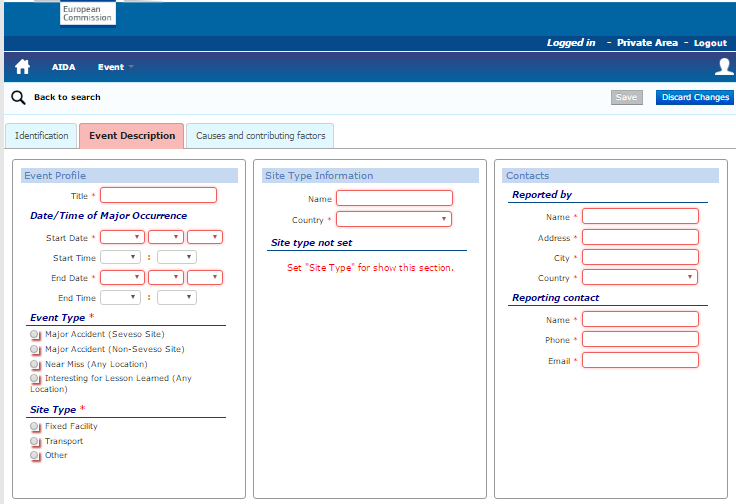Seveso Capacity Building in EU Neighbourhood Countries
A joint JRC-ECHO project under the EU Civil Protection Mechanism 2014-2020
-------------------------------------------------------------------------------------------------------------------------------------------------------------
Training workshops
Workshop on Risk Assessment for Natural-Hazard Impact on Hazardous Chemical Installations, 16-17 March 2016, Ispra, Italy. The JRC organized a training for Enlargement and Neighbourhood countries funded under the JRC’s Enlargement and Integration Action Programme, The workshop took place over 2 days and covered risk assessment of chemical accidents triggered by natural hazard events (Natech accidents), and a demonstration and exercise of JRC’s Rapid-N risk assessment tool.
Chemical Accident Risks Seminar (14-15 June 2017) and Workshops on ADAM and Rapid-N Damage Assessment Tools. This seminar, funded jointly by the Seveso ENPI project and JRC Enlargement brought competent authorities from EU Member States together with EU Neighbourhood and Enlargement Countries to discuss emerging topics of concern surrounding the management of chemical accident risks In addition, half-day training workshops were offered before and after the event on the Accident Damage Assessment Model for chemical accidents and the Rapid-N damage assessment model for Natech chemical accidents (natural hazard events causing chemical accidents).
-------------------------------------------------------------------------------------------------------------------------------------------------------------
Bilateral collaborations
Based on interest expressed in each country, the JRC held bilateral workshops in Moldova, Israel and Georgia, to discuss each country's areas of priority interest in strengthening each country's chemical accident prevention and preparedness programme and establishing greater alignment with the Seveso Directive.
Moldova. The workshop resulted in a joint conclusion that the project could:
- provide value to Moldova and other countries through opening opportunities for exchange with EU Member States on approaches to key Seveso obligations.
- potentially support some work towards developing a Seveso inventory mapping of Moldova to identify all its potential Seveso sites.
- enhance government competence in risk assessment in association with chemical and Natech accidents through training in JRC risk assessment tools.
Israel. The parties both agreed that tbe benefits of the project could include
- Accident Damage Analysis Module (ADAM) training for Israel and work together on improving the model with input from the Israeli experience.
- Seveso site inspection consultation and input on coordination between authorities from EU Member States
- Opportunities to strengthen technical exchange opportunities among otehr EU Neighbourhood countries and EU Member States.
Georgia. The workshop highlighted Georgia's clear interest in risk assessment methods for Seveso implementation from several agencies, especially the Ministry of Environment and Nature Protection and the Emergency Management Agency. The main recommendation from the workshop was for a JRC-Georgia collaboration on the JRC ADAM tool, in particular, providing training on the tool to relevant government personnel and assistance to Georgia in translation of its terminology from English into Georgian.
-------------------------------------------------------------------------------------------------------------------------------------------------------------
Risk Analysis Models
Accident Damage Assessment Model and GIS-Area Risk Assessment Tool
|
The ADAM tool will assesses physical effects of an industrial accident resulting from an unintended release of a dangerous substance and is specifically intended to assist the EU Competent Authorities, who are responsible for the implementation of the Seveso Directive in their countries, in quickly assessing the potential consequences of an industrial accident. In this phase, internal testing of the ADAM model was completed in preparation for programming the model online.
|
|
The GIS-Area Risk Assessment tool will be a quantitative risk assessment and management tool, which is used to evaluate the risk resulting from major accidents in industrial areas where hazardous substances are stored, processed
and transported. The GIS environment used as the outcome platform of GIS-ARA
to depict the risk assessment maps and Land Use planning zones, was generated
as a JRC proprietary product for eventual use with the ADAM tool.
These tools are part of JRC propietary applications still in development and not available yet for external use.
|
 |
FIGURE 3: EXAMPLE OF A GIS-AREA
RISK ASSESSMENT MAP
------------------------------------------------------------------------------------------------------------------------------------------------------------
Rapid-N for Natech Risk Assessment
RAPID-N is a unique, web-based assessment and mapping framework that unites a natural-hazards module which calculates natural-hazard severities at the site of the hazardous installations, an industrial plants and units module which provides all data related to the installation andits units, and a risk-assessment module in which the equipment damage from the natural hazard is assessed using fragility curves, and the site risk assessment is performed.
RAPID-N is currently implemented for assessing earthquake impacts at fixed chemical
installations. The Seveso ENPI project is working on extending assessment of flood impacts.
RAPID-N is available at: http://rapidn.jrc.ec.europa.eu. The tool is public and use is for free. However, prior authorization by the JRC is required for using its risk assessment functionality.
|

----------------------------------------------------------------------------------------------------------------------------------------------------------
|
Survey on Seveso Implementation (English)
Survey on Seveso Implementation (Russian)
The JRC developed and disseminated a survey to each country in order to build a profile in regard to opportunities and strengths (existing capacity) as well as needs and limitations relative to the Seveso Directive model. The objective of the survey was to establish a basis for dialogue with the country on its chemical risk management situation and to establish baseline measures to assess capacity building progress. Each individual analysis will be shared with the country and open for comment. The summary report of the indices and results for EU Neighbourhood countries will be available to the public in late 2016. For a brief summary of results of the indices from the 10 responding countries, click here.
FIGURE 2: SUMMARY OF EU NEIGHBOUR COUNTRY
RESULTS OF THE SEVESO CAPACITY NEEDS INDEX
(5 = HIGHEST NEED)
|

|
--------------------------------------------------------------------------------------------------------------------------------------
Accident Reporting Tool - eMARS Light
A content management system prototype for eMARS Light of the AIDA suite of tools launched for beta-testing by interested countries. Built on 30 years of experience with the EU's eMARS major accident reporting system for the purpose of storing chemical accident reports (from any source) and for organising and saving data analyses.
The AIDA application is an information management tool for governments to analyse and manage the chemical accident data. The eMARS Light module can also be an online tool customised to the needs of an individual country or simply a reference model on which a country builds its own internal system. eMARS light consists of the Accident Profile, Description and Consequence sections (to be modified in accordance with the next version of eMARS), It will be possible to give eMARS light to any country seeking a tool for chemical accident reporting and/or maintaining information on chemical accidents. For more information on AIDA, please contact emars@jrc.ec.europa.eu.
|
|

|

